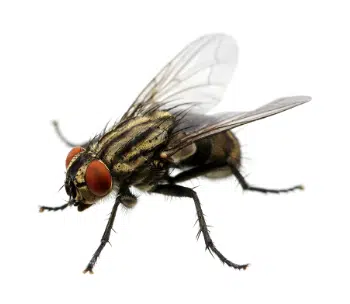
House flies are not known to directly bite humans, but they pose a health risk by carrying pathogens on their hairy bodies and feet. These pathogens can be transferred to food or surfaces, potentially causing diseases like:
By taking these steps, you can effectively manage house fly populations and reduce the risk of them spreading diseases in your Sri Lankan home or business.

With over 50 years of trusted service, we bring expert pest management islandwide.
© All Copyright 2024 by Ceylon Pest Control | Developed By Ladder Global